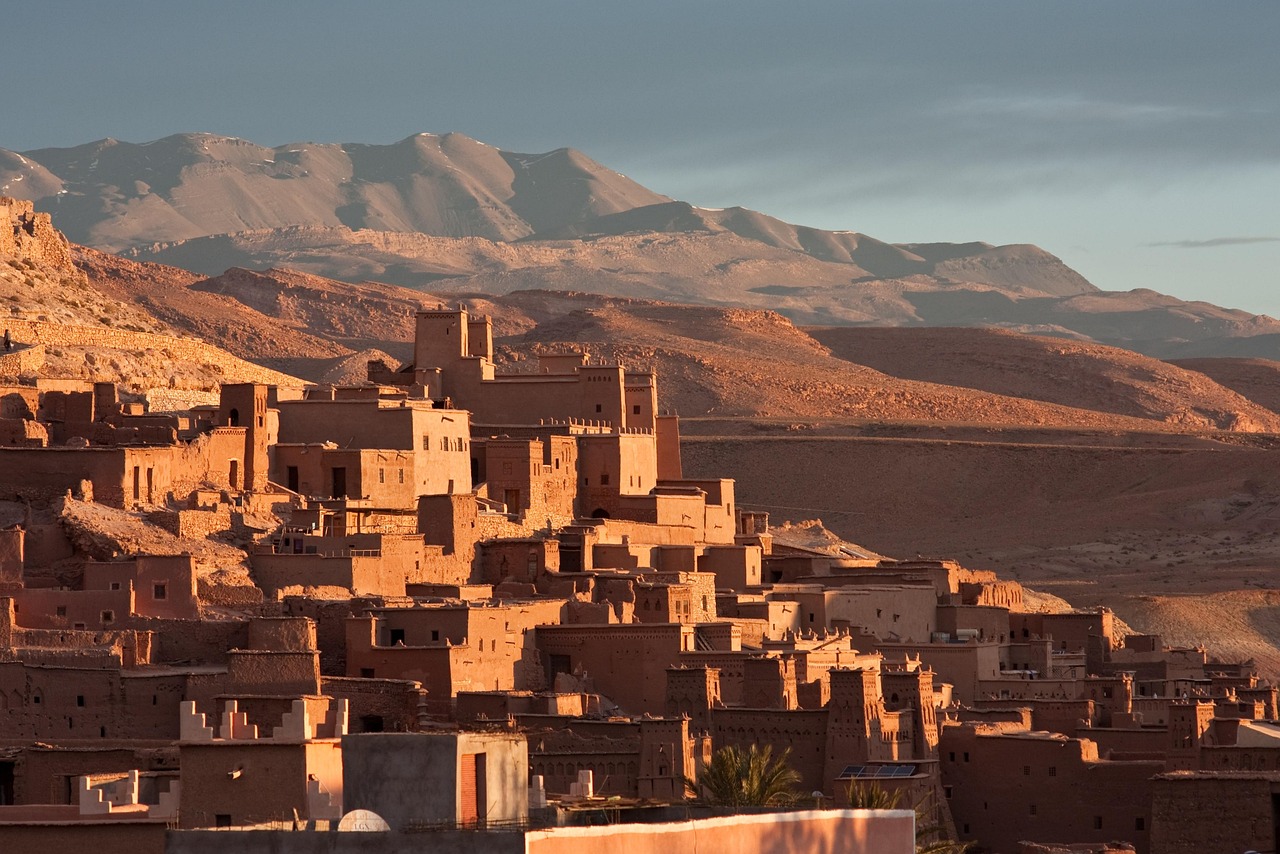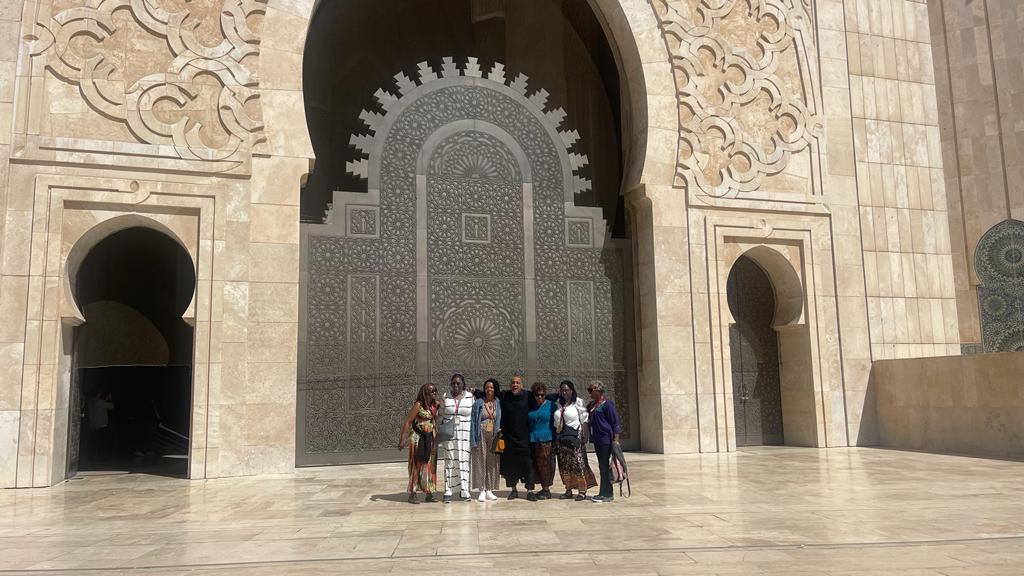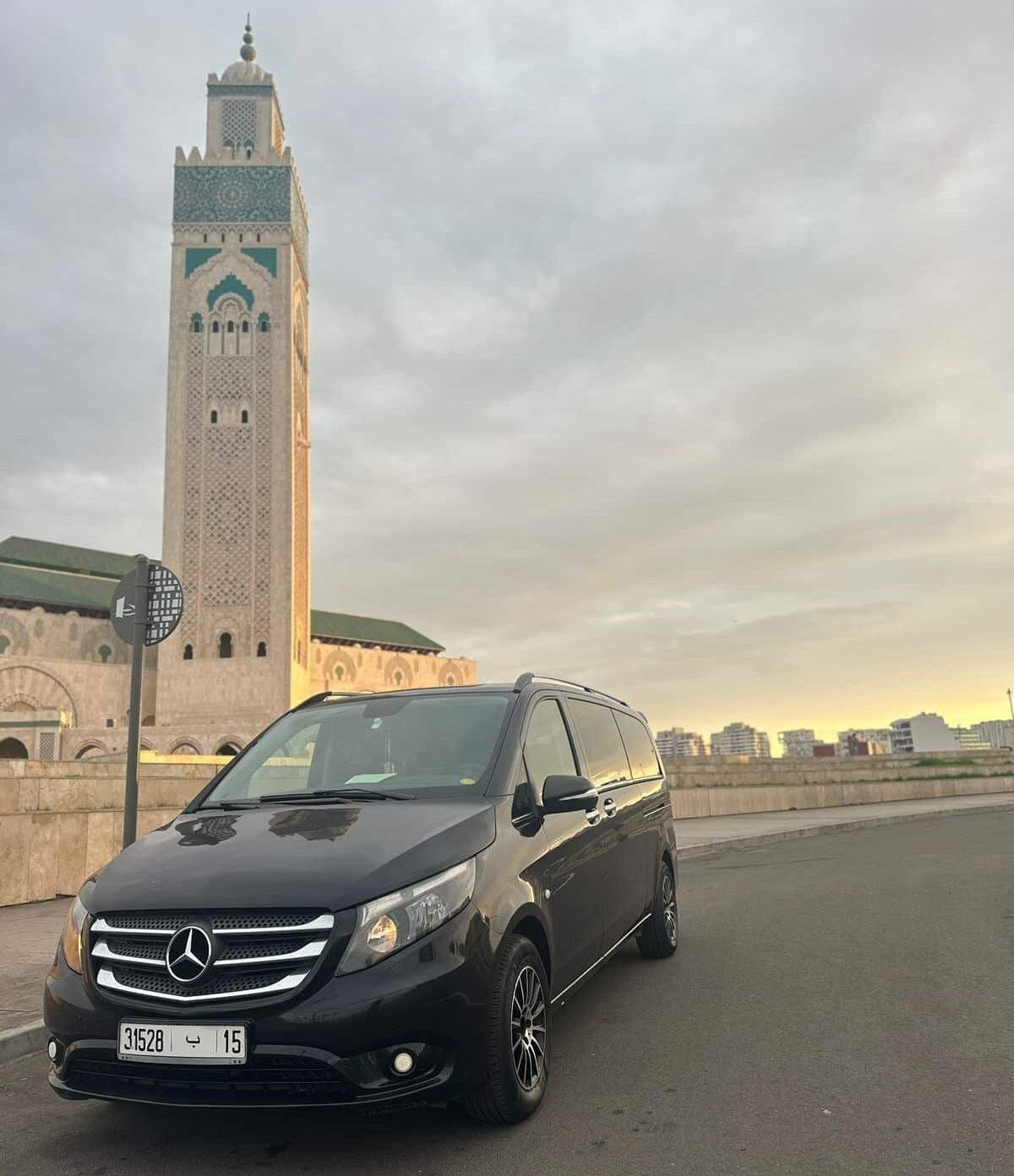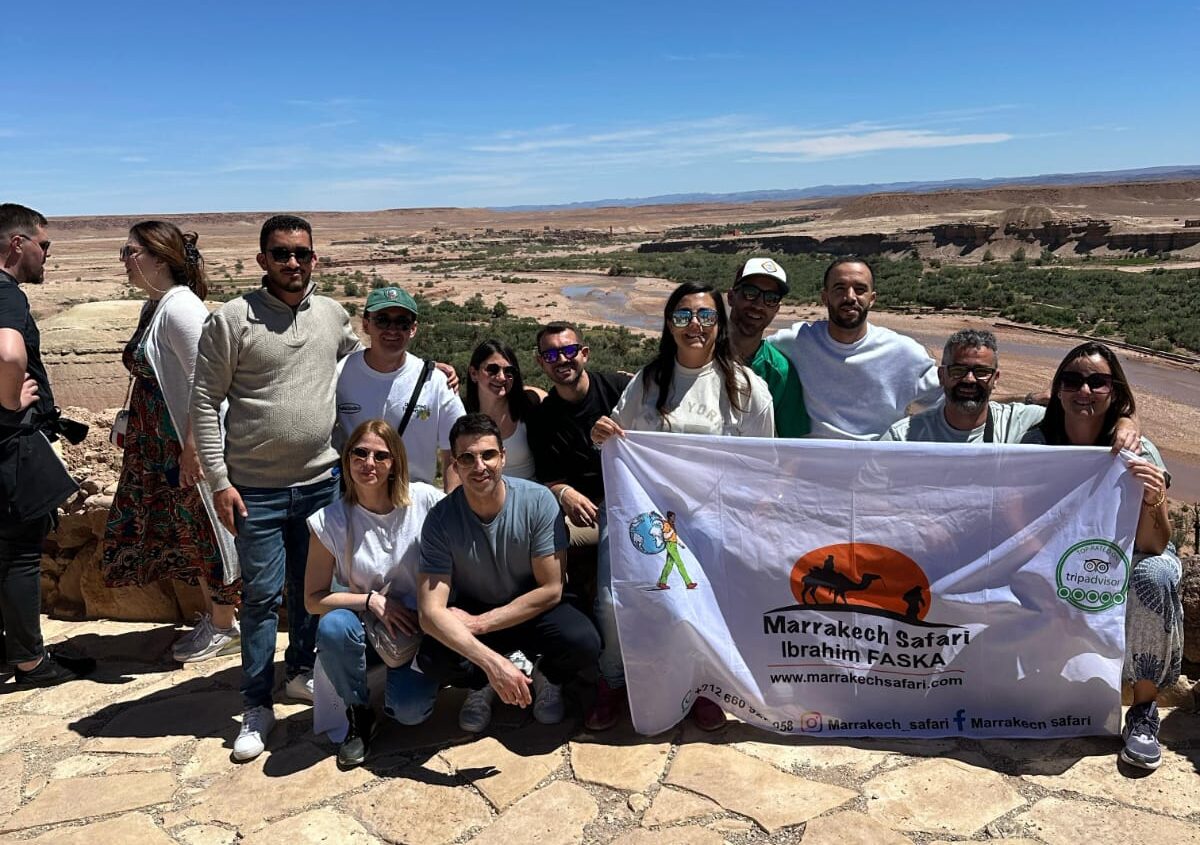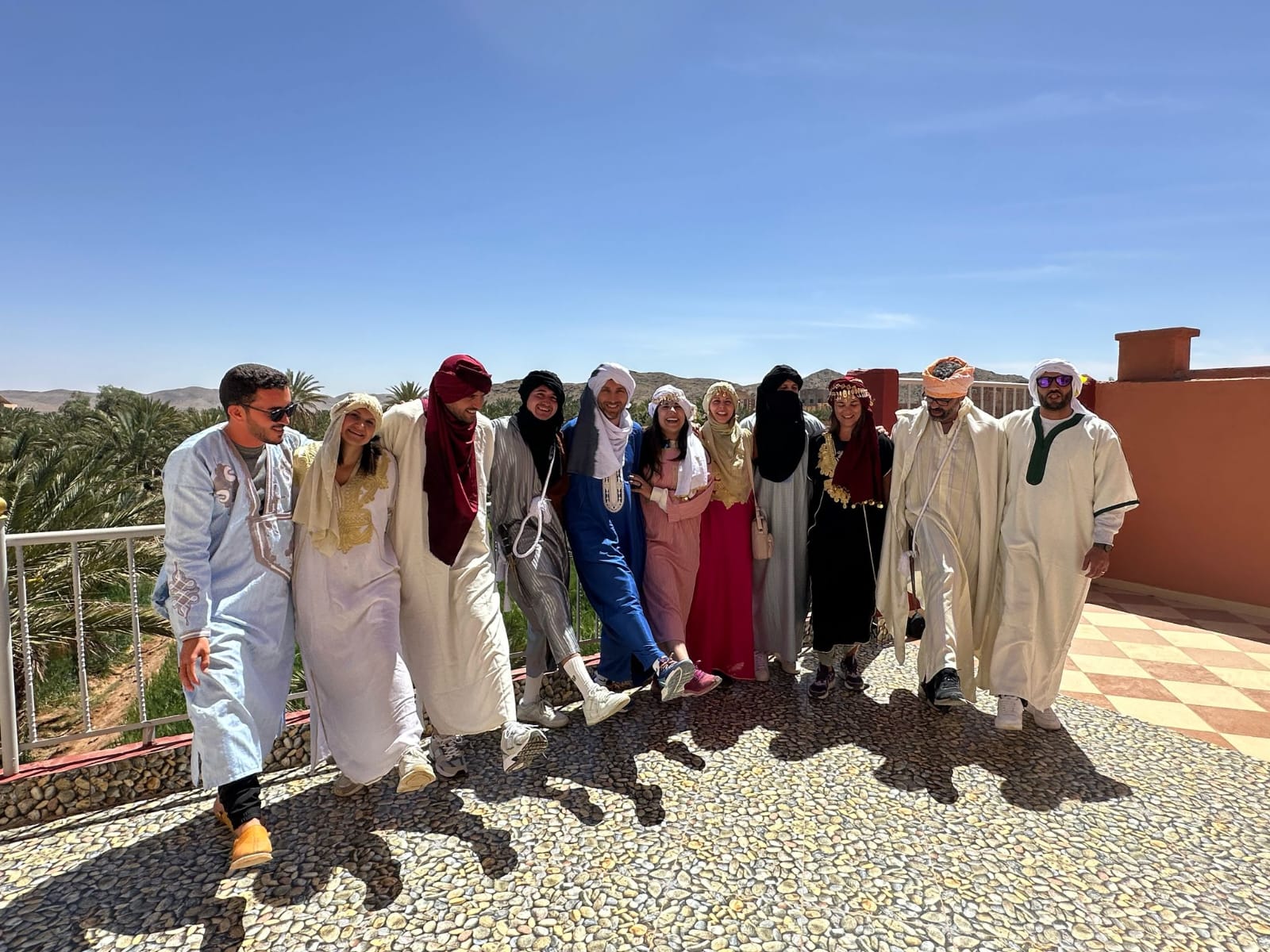 moha ait Ali (Morocco Tour Company) - Autres Blogs
moha ait Ali (Morocco Tour Company) - Autres Blogs
Page Vitrine : https-moroccotourcompany-com
2025-07-06
Ait Ben Haddou Kasbah:
1.
Introduction to Ait Ben Haddou:
The Kasbah of Ait Ben Haddou is one of Morocco's most spectacular and well-preserved mediaeval sites and UNESCO world heritage site
Ait Ben Haddou is a walled town built
of clay and adobe near the city of Ouarzazate in southern Morocco, located in
the High Atlas Mountains. Ait Ben Haddou is known for its incredible red walls,
historic architecture, and spectacular desert scenery. Nowadays, the Kasbah has
become a popular tourist sites where several movies have been filmed like
Gladiator, Game of Thrones and the Mummy. Additionally, the Kasbah of Ait Ben
Haddou presents a great example of the Moroccan architecture.
2.
Historical Significance:
Ait Ben Haddou has played an
important role in the Moroccan history as the Kasbah dates back to 11 century,
it served as a strategic stop along the trans-Saharan trade route, where
merchants transported gold, salt, ivory, and slaves. The ksar of Ait Ben Haddou
was built by Ben Haddou family, who gave the site its name. Over the centuries,
it developed into a thriving commercial and defensive hub. The thick fortified
walls protected the community from tribal invasions and harsh weather. Despite
modern development in nearby areas, Ait Ben Haddou has retained its historic
identity and offers a glimpse into Morocco’s ancient way of life.
3.
Architectural Marvel:
Ait Ben Haddou’s architecture is a lovely
example of traditional southern Moroccan earthen construction. The structures
are made from rammed earth, straw, and clay, which create a harmonious blend
with the surrounding landscape. The buildings offers decorative motifs, wooden
doors, and intricate patterns carved into the walls. Towering kasbahs and small
homes are clustered within a defensive wall, complete with corner towers and a
central gate. The materials used naturally regulate temperature; keeping
interiors cool during hot summers and warm during cold winters. The overall
design offers an ingenious adaptation to the local environment and lifestyle.
4.
Climbing to the Agadir:
At the top of the village stands the Agadir, or communal granary, which offers a panoramic view of the entire region. The climb through the narrow alleys and winding staircases takes visitors past abandoned homes, hidden courtyards, and artist studios. Reaching the summit rewards you with sweeping landscapes of Ounila Valley, the High Atlas Mountains, and the surrounding desert plains. The agadir was historically used to store grains and food safely during sieges or harsh weather. Today, it’s a view point over the the Kasbah offering a fantastic panoramic view where you can see the nearby villages.
5. UNESCO World Heritage Status:
The designation of Ait Ben Haddou by UNESCO in 1987 garnered global recognition for its significant historical importance. This designation facilitated the financing of restoration initiatives and conservation endeavours aimed at safeguarding the village’s distinctive architectural heritage. The endeavours are executed employing conventional materials and methodologies, thereby preserving the site's authenticity. The designation by UNESCO promotes sustainable tourism practices and safeguards the village against excessive development. While numerous inhabitants have migrated to the contemporary village situated across the river, a handful of families continue to reside in the ksar. Their presence serves to preserve the essence and customs of Ait Ben Haddou for the benefit of future generations.
6. Hollywood Connections:
Ait Ben Haddou Kasbah is a great location for making movies; it attracts many international movies like Gladiator, Game of Thrones and The Mummy. These films have brought an influx of tourists eager to walk through the streets once used as sets for epic scenes. Movie enthusiasts can often recognize familiar views and settings while exploring the village. This connection to cinema has boosted the local economy and enhances tourism in the area offering opportunity for local guides and Tour operator in the city.
7. The Local Community:
Despite its rise in tourism, Ait Ben Haddou still maintains a close-knit and traditional community. Many locals now live in the newer village on the opposite side of the river, yet a few families continue to inhabit the ksar. Residents rely on tourism for income, offering handmade crafts, carpets, pottery, and guided tours. The hospitality of the Berber people is warm and genuine, making a visit not just a sightseeing experience, but also a cultural exchange. Supporting local businesses ensures the preservation of traditions, crafts, and knowledge passed down through generations in this remarkable desert community.
8. Getting There:
Ait Ben Haddou is strategic location make it easier for visitors to reach it by taking a bus from Marrakech, which usually takes around 4 Hours. In addition to that, there are tour companies offering excursions to Ait Ben Haddou Kasbah from Marrakech. Furthermore, visitors can get to Ait Ben Kasbah by Taxi, which costs around 190 MAD.
9. Best Time to Visit Ait Ben Haddou Kasbah:
If you are planning to visit Ait Ben Haddou, it is ideal to go in the spring or autumn when the weather is mild, pleasant and the sky is clear. However, during summer the temperature is Extremely hot summers, with highs of over can make exploration difficult.. The clay constructions are most photogenic around sunrise and dusk, when the sun's rays cast a warm golden light over them. If you want to avoid the crowds and have a more private and quiet experience, it is advised to visit the Kasbah in the morning or the evening where the temperature is quiet good for exploring the Kasbah.
10. Travel Tips and Recommendations:
When visiting Ait Ben Haddou, it is wise to dress modestly and comfortably, respecting local customs. Bring sunscreen, water, and a hat to protect yourself from the sun. While there is no formal entrance fee to the ksar, some private buildings or viewpoints may charge a small fee. Hiring a local guide can enrich your experience with stories, history, and cultural insights. Don't miss the chance to browse local handicrafts and support the artisans who maintain the living heritage of the site. A visit to Ait Ben Haddou is not just a journey through space, but also through time.

